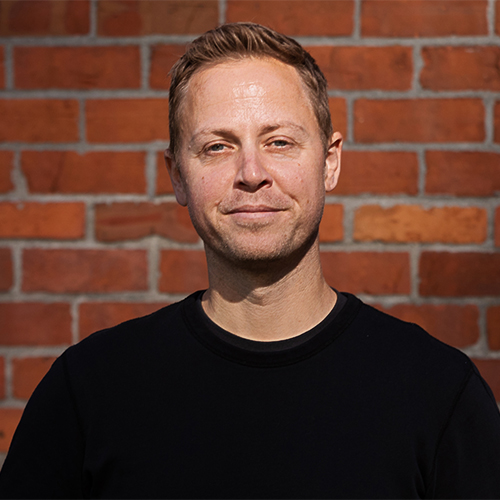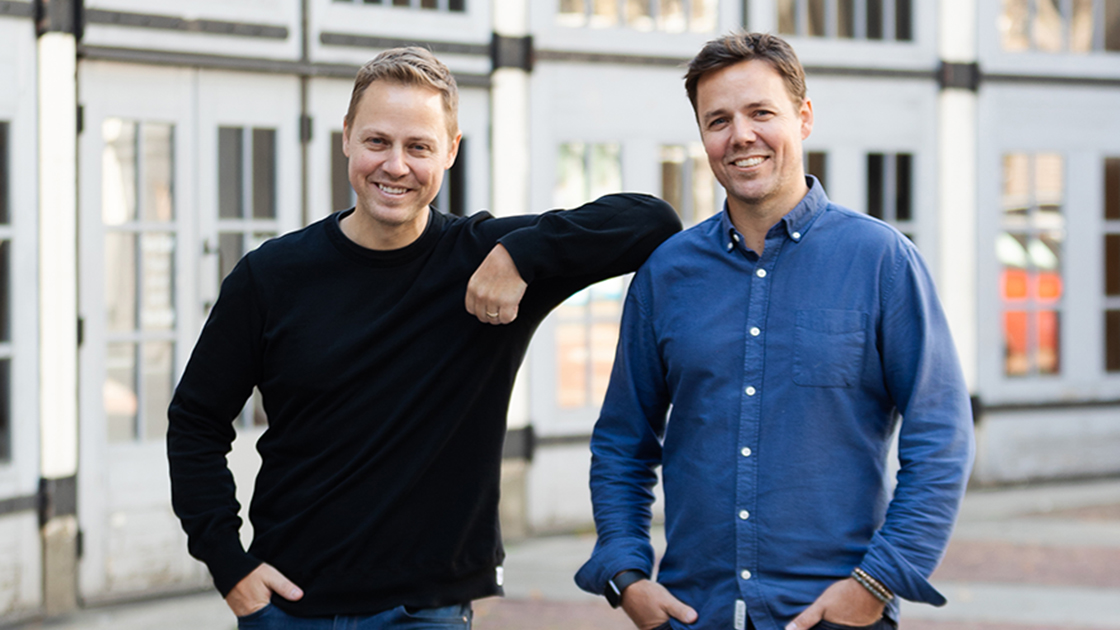Episode 463
Listen On: Apple Podcasts | Spotify
Is Vancouver’s ambitious Broadway Plan creating a housing solution or a planning nightmare?
This week Globe and Mail award-winning journalist Frances Bula sits down with Adam & Matt to unpack the plan transforming Kitsilano, Fairview, and Mount Pleasant neighborhoods along the Broadway corridor. And the early signs are concerning. From poor street integration to the shocking focus on a single building type, Bula breaks down how what was sold as a West End-style transformation has so far resulted in 150 near-identical tower proposals that could turn cherished Vancouver neighborhoods into something closer to a Soviet-era suburb.
Has Vancouver entirely abandoned its historically thoughtful approach to neighborhood planning? How can the city better balance the urgent need for more housing with creating neighborhoods that actually work for both new and existing residents? And what does a botched Broadway Plan potentially mean for transit improvements across Metro Vancouver for decades to come?
Plus, hear Frances’s surprising take on Vancouver’s recent by-election results that could signal a dramatic shift in the city’s political landscape just two years after ABC’s sweeping victory. This one is for anyone who loves Vancouver!
Guest Information

Frances Bula
Frances Bula is a journalist specializing in urban issues and city politics in the Vancouver region, which she has covered since 1994. She covers a broad range of issues in this endlessly changing city: drug policy, bike lanes, billion-dollar development projects, homelessness, garbage debates, and more. She writes frequently for the Globe and Mail’s B.C. section and Report on Business.
Episode Summary
Keep your finger on the pulse of Vancouver's real estate market with our Live Wire email newsletter.
Vancouver’s Broadway Plan: Housing Solution or Planning Disaster?
Vancouver’s ambitious Broadway Plan has become one of the most talked-about urban planning initiatives in Metro Vancouver, promising to transform neighborhoods along the Broadway corridor with increased density around the new subway line. But is this plan delivering what was promised? In a recent episode of the Vancouver Real Estate Podcast, award-winning journalist Frances Bula sits down with hosts Adam and Matt Scalena to unpack what’s happening with the Broadway Plan, its implications for existing neighborhoods, and what it means for Vancouver’s approach to urban planning.
What Is the Broadway Plan?
The Broadway Plan was initiated several years ago as a response to the construction of the Broadway subway line. The basic premise was that if the province was going to invest in billion-dollar subway infrastructure, the city needed to increase density along the transit corridor. This new Broadway SkyTrain extension is transforming transportation options for residents and creating significant real estate opportunities along the corridor.
According to Bula, “This all started many years ago because the city and the province had said, if we’re gonna build billion-dollar subway lines, we need to see that you’re doing serious things to increase density along the lines we build.”
The plan covers approximately 500 blocks in the city, starting just east of Main Street and extending to Arbutus in Kitsilano, stretching about nine blocks (approximately one kilometer) on either side of Broadway. This is a significantly larger area than previous transit-oriented development plans in Vancouver, such as the Canada Line, where densification was limited to about half a block along Cambie Street.
The initial goal was to increase the area’s population by about 50,000 residents, though that number may have increased in updated versions of the plan.
Keep your finger on the pulse of Vancouver's real estate market with our Live Wire email newsletter.
The Gap Between Vision and Reality
Frances Bula, who has been covering urban planning in Vancouver since 1994, explains that the Broadway Plan was initially sold to the public as a transformation that would:
- Give more people the chance to live in Vancouver
- Provide strong protections for existing renters
- Create a neighborhood with a diversity of building types, similar to the West End
“The city really sold it to the public as ‘This will give many more people a chance to live in Vancouver. We’ve put in huge protections for existing renters,'” Bula notes.
However, the reality appears to be quite different. According to Bula, there’s been a striking uniformity in development proposals:
“What’s happened in the first couple of years is there’s only one form that’s come forward as a proposal. And that is the 18 to 20-story concrete tower with 20% below market units.”
Bula reports that there are now approximately 150 development proposals under consideration, with 99% of them taking this identical form. This contradicts the initial vision of a diverse, West End-style neighborhood with various building types and heights.
The Economics Challenge
One of the most concerning aspects of the Broadway Plan’s implementation is the economic feasibility of these projects. Despite the large number of proposals, many may never be built due to changing market conditions.
“What we’re hearing from all kinds of people, including extremely pro-YIMBY people, is don’t worry about the whole neighborhood being torn down because a lot of this housing isn’t going to go ahead because the economics don’t work right now,” Bula explains.
The challenge stems from developers who purchased land at high prices, expecting significant returns. As rental markets cool, with one-bedroom apartments now listing for under $2,000 for the first time in years, the economics of building large concrete towers with 20% below-market units no longer makes financial sense for many developers.
“People bought at a certain price expecting a certain return… they’re stuck with those high prices,” notes Bula. “And in theory, in economic theory, what should happen is as rent prices come down a bit… developers then pay less for their land and then they can build for that. So first of all, that means you got a pretty big rabbit that has to go through the snake first, which is all the people who paid the high prices and are kind of stuck with that.”
Keep your finger on the pulse of Vancouver's real estate market with our Live Wire email newsletter.
Urban Design Concerns
Beyond the economic challenges, Bula raises significant concerns about the plan’s approach to urban design and neighborhood integration. Unlike previous Vancouver planning initiatives, which were known for careful attention to how new developments would enhance existing communities, the Broadway Plan appears to focus almost exclusively on maximizing unit counts.
“It looks like it’s only a plan to figure out how to insert 50,000 more people and only the most basic of design principles,” Bula observes.
This represents a significant departure from Vancouver’s historically thoughtful approach to urban planning, which has often been compared to “bonsai tree trimming” in its careful attention to detail.
Particularly concerning is how poorly these new developments may integrate with existing historic neighborhoods. Bula notes that many developers have been designing buildings for major arterial roads, with features like:
“You block off the street, you put a lot of landscaping and buffering between the building and the street, you don’t make it look very accessible or friendly, which is a weird kind of design to have when you’re then going onto a street at 14th and Arbutus. That’s all old historic homes and big trees… And then you’re building these things that look like they’re built for a major highway.”
Public Amenities Gap
Another major issue Bula identifies is the lack of public amenities and community spaces in the Broadway Plan. While the plan will bring thousands of new residents to neighborhoods like Mount Pleasant, Fairview, and Kitsilano, there appears to be little consideration for enhancing public infrastructure.
“There’s like no visible sign of what the improvement to public space is going to be. There’s no visible sign of what’s going to happen with community centers and libraries, like the Mount Pleasant Community Center is already crazy,” Bula points out.
This stands in stark contrast to other major Vancouver developments like Olympic Village or River District, which carefully incorporated public squares, parks, and community amenities into their designs.
Keep your finger on the pulse of Vancouver's real estate market with our Live Wire email newsletter.
Broader Implications for Transit-Oriented Development
Perhaps most concerning is how the Broadway Plan’s approach could affect attitudes toward transit expansion throughout Metro Vancouver. If residents perceive that transit lines automatically bring poorly designed, high-density development to their neighborhoods, it could generate resistance to future transit projects.
“If people feel like, ‘My God, if we get a transit line, this is what they’re gonna do to our community,’ what do you think is gonna happen in Port Coquitlam or the district of North Vancouver or Langley?” Bula asks. Communities outside Vancouver may resist transit improvements if they fear it will lead to insensitive redevelopment.
Political Implications
Bula also discusses the recent Vancouver by-election, which saw a significant swing away from the ruling ABC party just two years after they swept into power. This suggests growing public discontent with the current approach to development and housing policy in Vancouver.
“To have such a big reaction away from ABC only two years after they were swept in… that says something’s really not going right with how the public is seeing what they’re doing,” Bula observes.
The Path Forward
For those concerned about Vancouver’s urban planning approach, Bula suggests the city should focus on demonstrating immediate benefits to existing residents alongside densification plans:
“If this if the city could show residents some easy wins that show that they’re going to benefit—shut off some side streets and create parks out of them… Do a little demonstration project along Broadway showing this is what we’re going to do to improve Broadway and make it a much nicer street.”
Ultimately, Bula emphasizes that public support for densification requires showing tangible benefits to existing communities: “You have to show them that there’s a benefit for them.”
Keep your finger on the pulse of Vancouver's real estate market with our Live Wire email newsletter.
Frequently Asked Questions
What areas does the Broadway Plan cover?
The Broadway Plan covers approximately 500 blocks from just east of Main Street to Arbutus in Kitsilano, extending about nine blocks (one kilometer) on either side of Broadway.
How many new residents is the Broadway Plan expected to bring?
Initially, the plan aimed to increase the area’s population by about 50,000 residents, though that number may have been increased in updated versions.
What type of buildings are being proposed under the Broadway Plan?
According to Frances Bula, approximately 99% of the roughly 150 development proposals are for 18-20 story concrete towers with 20% below-market rental units.
Will all the proposed towers actually get built?
Many experts, including “YIMBY” advocates, believe that changing market conditions may prevent many of these proposals from becoming reality because the economics no longer work for developers who purchased land at high prices.
How does the Broadway Plan differ from previous Vancouver planning initiatives?
Unlike previous planning initiatives that carefully considered neighborhood character, public amenities, and diverse building types, the Broadway Plan appears to focus almost exclusively on maximizing unit counts with less attention to urban design and community integration.
How might the Broadway Plan affect future transit development in Metro Vancouver?
There’s concern that if the Broadway Plan is perceived negatively, other municipalities may resist transit improvements to avoid similar development patterns in their communities.
What protections exist for current renters in the Broadway Plan area?
While the city initially promoted strong protections for existing renters, allowing them to move back into new buildings at the same rent, Bula suggests these protections may not be as comprehensive as originally presented.
Last updated April 12 2025 by Matt Scalena PREC
Episode Host

Adam Scalena
Adam is a full-service realtor, specializing in Vancouver’s best areas. His systematic approach to real estate and dedication to his clients has consistently placed him within the top 10% of realtors operating within Greater Vancouver.

Matt Scalena
Matt is real estate obsessed and considers himself a lifelong student of the Vancouver real estate market. As a co-manager of the Scalena Real Estate team, Matt prides himself on expertly advising buyers and sellers on all aspects of the fast-paced, dynamic Vancouver real estate market. He is present at every stage of the process, from that first phone call or email right through to when keys are exchanged between sellers and buyers.








